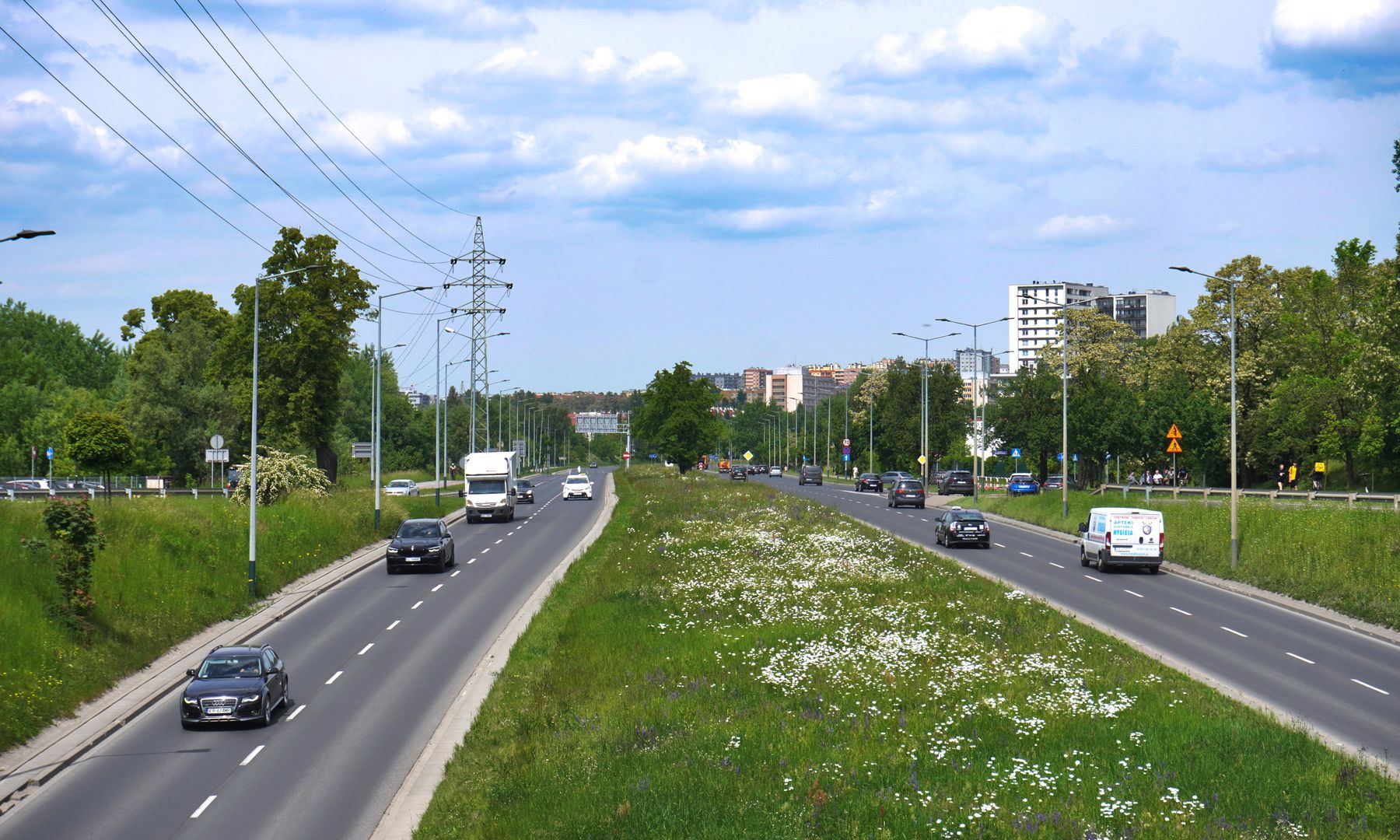Czyżyny
6.2

Overview
Czyżyny, a district forming part of Kraków's District XIV, boasts a rich history dating back to medieval times, when the village was established under German law in 1294. In the 14th century, it belonged to the Cistercian Abbey in Mogiła. The 19th century saw Czyżyny develop significantly with the construction of Fort Pszorna and the Kraków-Kocmyrzów railway line. In the 20th century, the area gained prominence, particularly due to the establishment of the Kraków-Rakowice-Czyżyny airport, which by 1912 had become one of Poland's most important aviation hubs. During World War II, the airport was taken over by the Germans, and after the war, it lost its significance due to urban development in the surrounding areas.
Czyżyny is home to the Polish Aviation Museum, founded on the remnants of a 1964 aviation exhibition. The museum boasts extensive collections, including unique aircraft and helicopters. The district also features notable religious sites, such as the Church of St. Jude Thaddeus, built between 1936 and 1939 and renowned for its impressive stained glass windows and polychrome decorations, as well as the modern Church of St. Brother Albert, constructed between 1983 and 1994.
Czyżyny offers numerous green spaces, including the Park of Polish Aviators, along with playgrounds and sports fields. The housing estates of the 303 Squadron and the 2nd Aviation Regiment, built in the 1970s and 1980s, are characterized by functional large-panel architecture and serve as important centers for the local community, providing educational and recreational infrastructure.
An interesting fact is that in 2003, aviation activities were resumed at the site of the former airport with the creation of the Kraków-Czyżyny landing strip for small aircraft and helicopters. The district also hosts cultural events, such as the Małopolska Aviation Picnic organized by the Polish Aviation Museum.
In short, Czyżyny is a place with a fascinating history, dynamic urban development, and a rich cultural and recreational offerings.
Location
Tickets
Powered by GetYourGuide
2025 Wizytor | All Rights Reserved